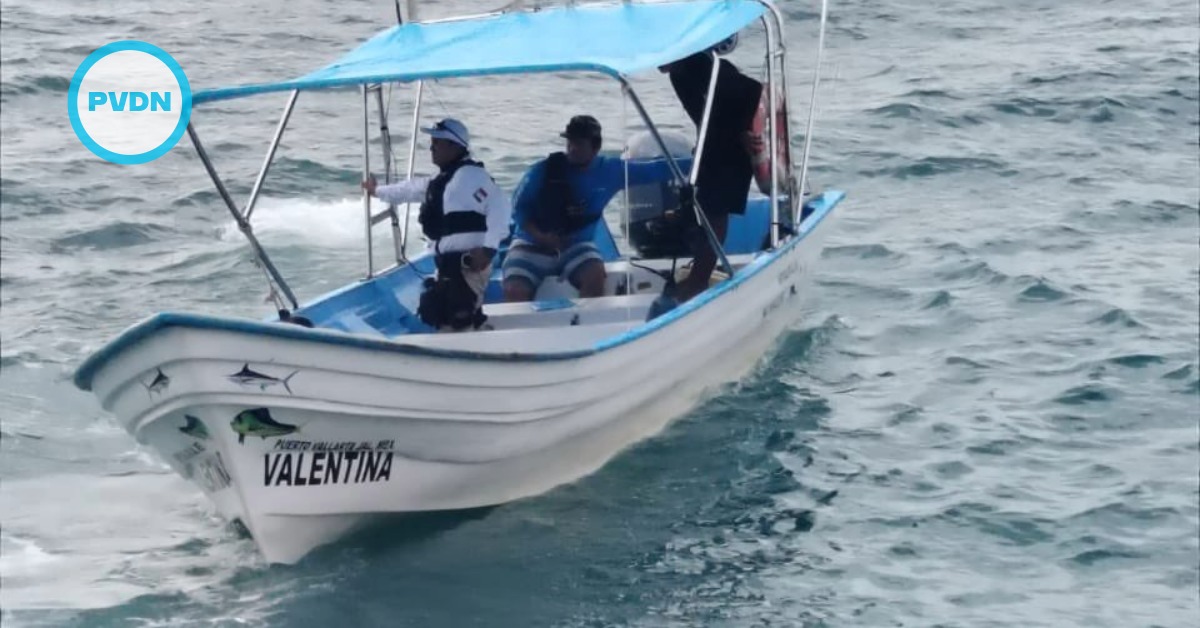Mexico now deports more Central American migrants than the United States, a dramatic shift since the U.S. asked Mexico for help a year ago with a spike in illegal migration, especially among unaccompanied minors.
Between October and April, Mexico apprehended 92,889 Central Americans. In the same time period, the United States detained 70,226 "other than Mexican" migrants, the vast majority from Guatemala, Honduras and El Salvador.
That was a huge reversal from the same period a year earlier, when the wave of migrants and unaccompanied minors from Central America was building. From October 2013 to April 2014 . . .






